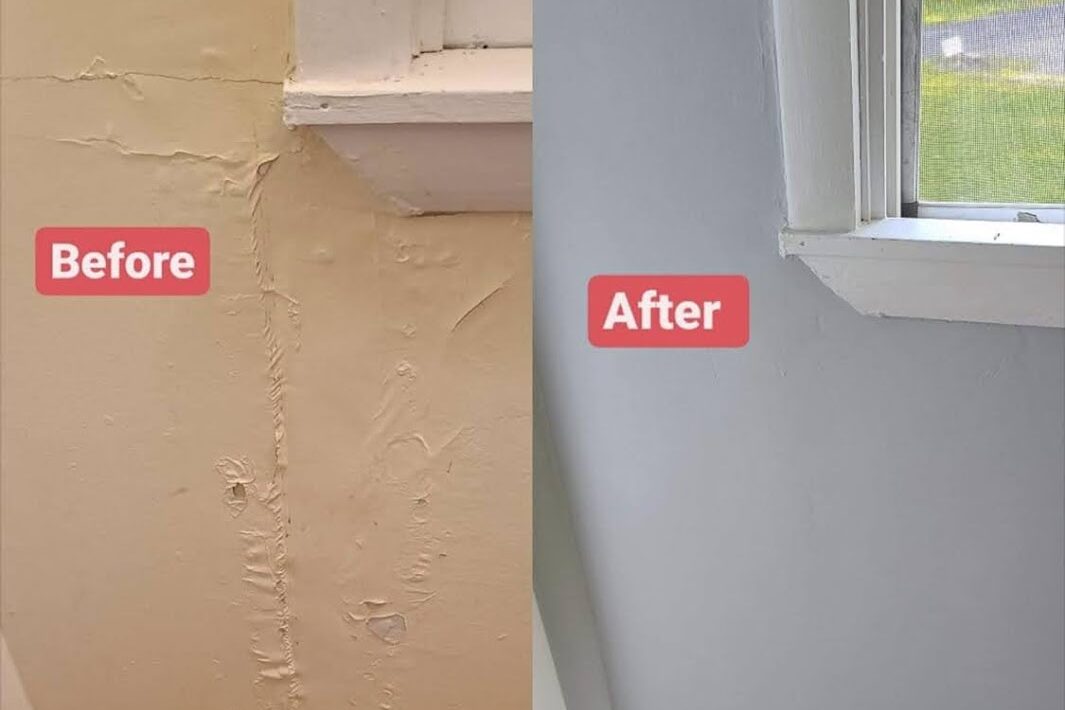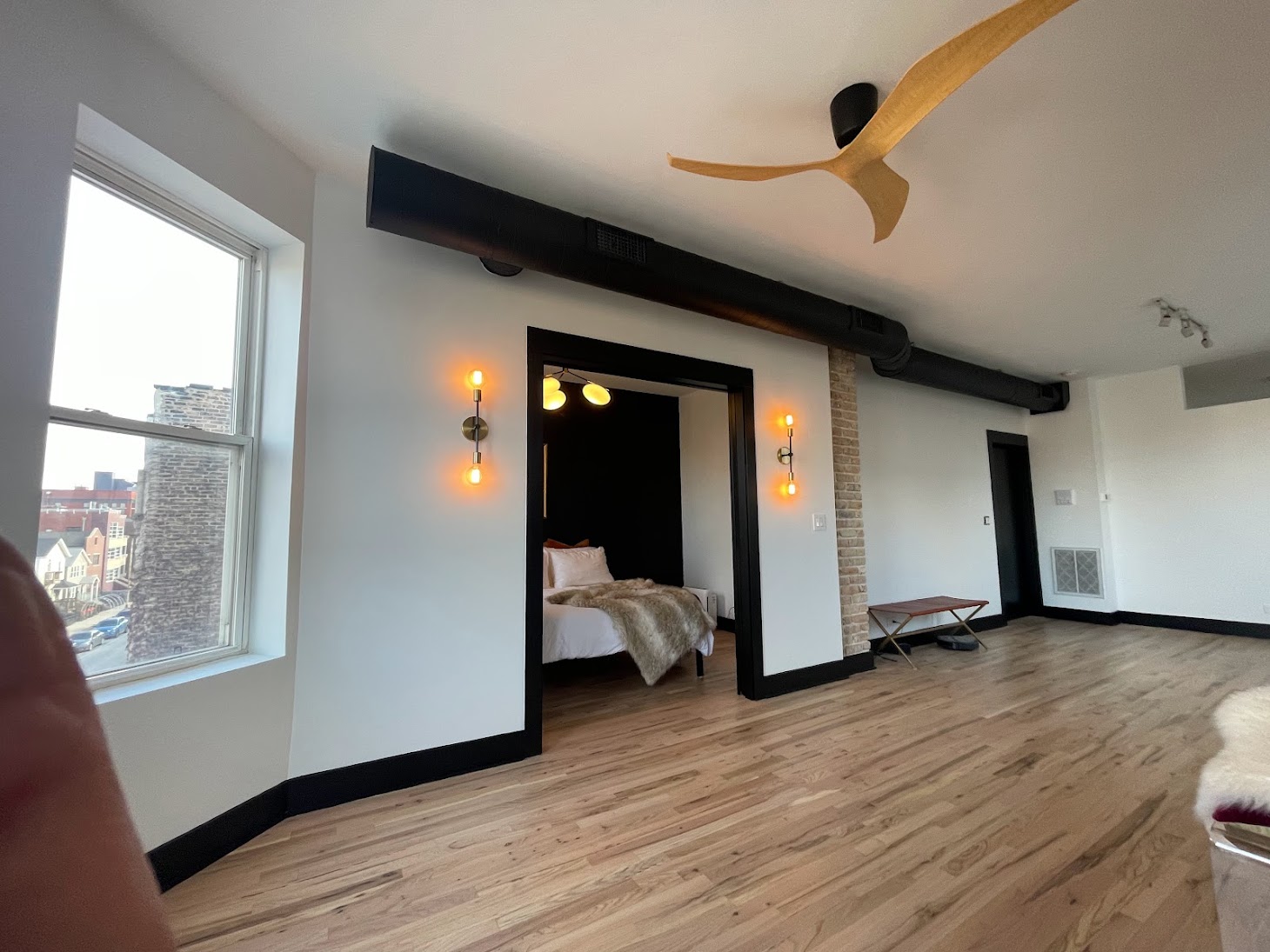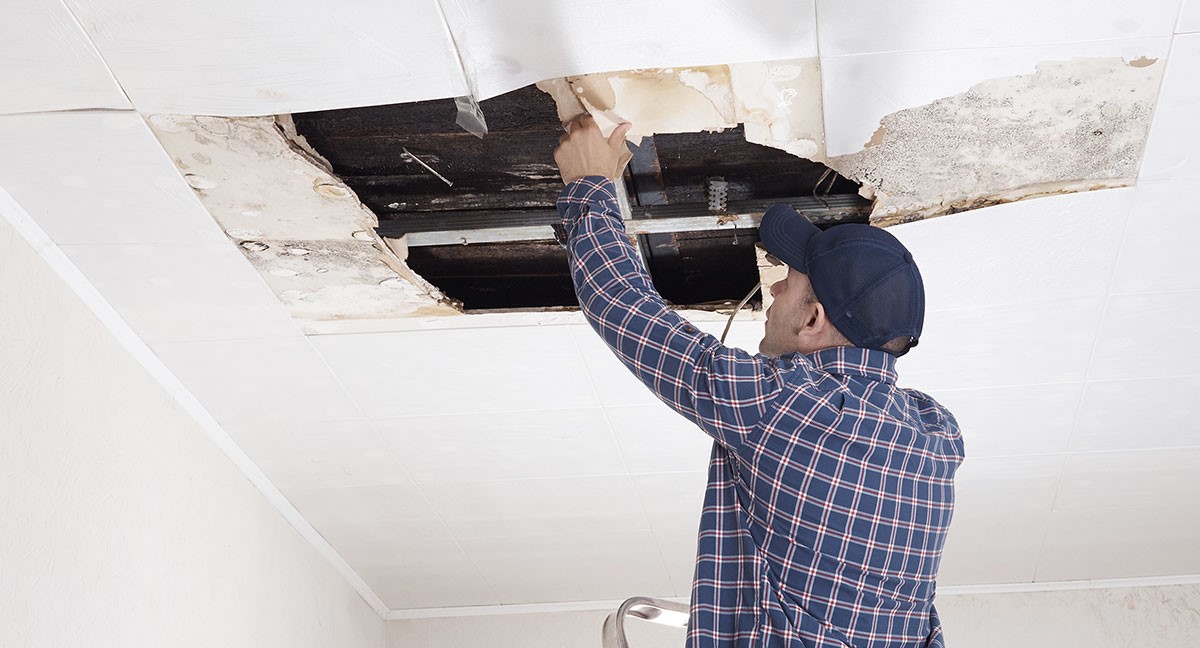Fixing drywall can seem tricky, but it’s a handy skill for any homeowner. Whether you’re dealing with small holes from nails or larger damages, the requisite skills and knowledge about how to repair drywall is something you can learn to do yourself. With the right tools and a bit of practice, you’ll save money on repairs and keep your walls looking great.

Repairing drywall involves using materials like joint compound, mesh tape, and spackle to cover and smooth over damaged areas. The method you use depends on the size of the hole or crack. For tiny nail holes, a dab of spackle might do the trick. Bigger holes need more work, like cutting and fitting new drywall pieces.
DIY drywall repair for anchors and small holes is a useful skill that can make a big difference in how your home looks. It’s not just about fixing damage – it’s about maintaining your space and taking pride in your home. With some patience and the right techniques, anyone can learn to patch drywall like a pro.
Preparing for Drywall Repair
Getting ready to fix drywall involves a few key steps. You’ll need to figure out what’s damaged and gather the right tools. It’s also important to set up a safe workspace.
Identifying Damage and Choosing Tools
Look closely at your walls. You might see small nail pops, dents, or bigger holes. Each type of damage needs different tools. For nail pops and dents, you’ll need spackling compound and a putty knife. Bigger holes call for a drywall patch kit.
Grab a utility knife to cut away loose drywall. A drywall saw helps for larger repairs. Don’t forget a dust mask to protect your lungs. A stud finder can be handy to locate wall studs.
For patching, pick up some self-adhesive mesh patches. These work great for small to medium holes. Larger holes might need a more robust patch kit.
Setting Up Your Workspace
Clear the area around the damaged wall. Move furniture and cover the floor with a drop cloth. Good lighting is key, so set up some bright lamps if needed.
Open windows for fresh air. If it’s cold, use an energy-efficient space heater to keep warm. Make sure you have a sturdy ladder or step stool for reaching high spots.
Set up a small table nearby to hold your tools and materials. Keep a trash bag handy for cleanup. Having everything ready makes the job go smoother and faster.
The Repair Process

Fixing drywall involves a step-by-step process to patch holes and create a smooth surface. The key stages include securing the damaged area, applying a patch, adding joint compound, and finishing with sanding and paint.
Securing the Drywall and Applying the Patch
Start by cleaning up the damaged area. Remove loose bits of drywall and paper. For small holes, use a self-adhesive mesh patch. Cut it to size and stick it over the hole.
For bigger holes, you’ll need to cut out a square around the damage. Use a drywall saw for this. Measure and cut a piece of drywall to fit the hole. Secure it with drywall screws into the wall studs.
If there’s no stud, add a wooden backer board behind the patch. This gives you something to screw into. Use mesh tape around the edges of the patch to help blend it in.
Applying Joint Compound and Sanding
Mix up some joint compound. Use a wide putty knife to spread it over the patch. Go beyond the edges of the patch, feathering it out. This helps it blend with the wall.
Let the first coat dry, then add another. You might need 3 or 4 coats total. Each time, spread the compound a bit wider than before.
Once it’s all dry, it’s time to sand. Use a sanding block or sponge to smooth everything out. Feel for any bumps or dips. Add more compound if needed.
Finishing Touches
After sanding, wipe away any dust with a damp cloth. Let it dry completely. Now you’re ready to paint.
Prime the area first. This helps the new paint match the rest of the wall. Once the primer is dry, paint over the patch. You might need two coats.
For the best match, paint the whole wall. This helps hide any slight differences in texture or color. Step back and look at your work. Touch up any spots you missed.
With some patience, your wall will look good as new. No one will ever know there was a hole there!









